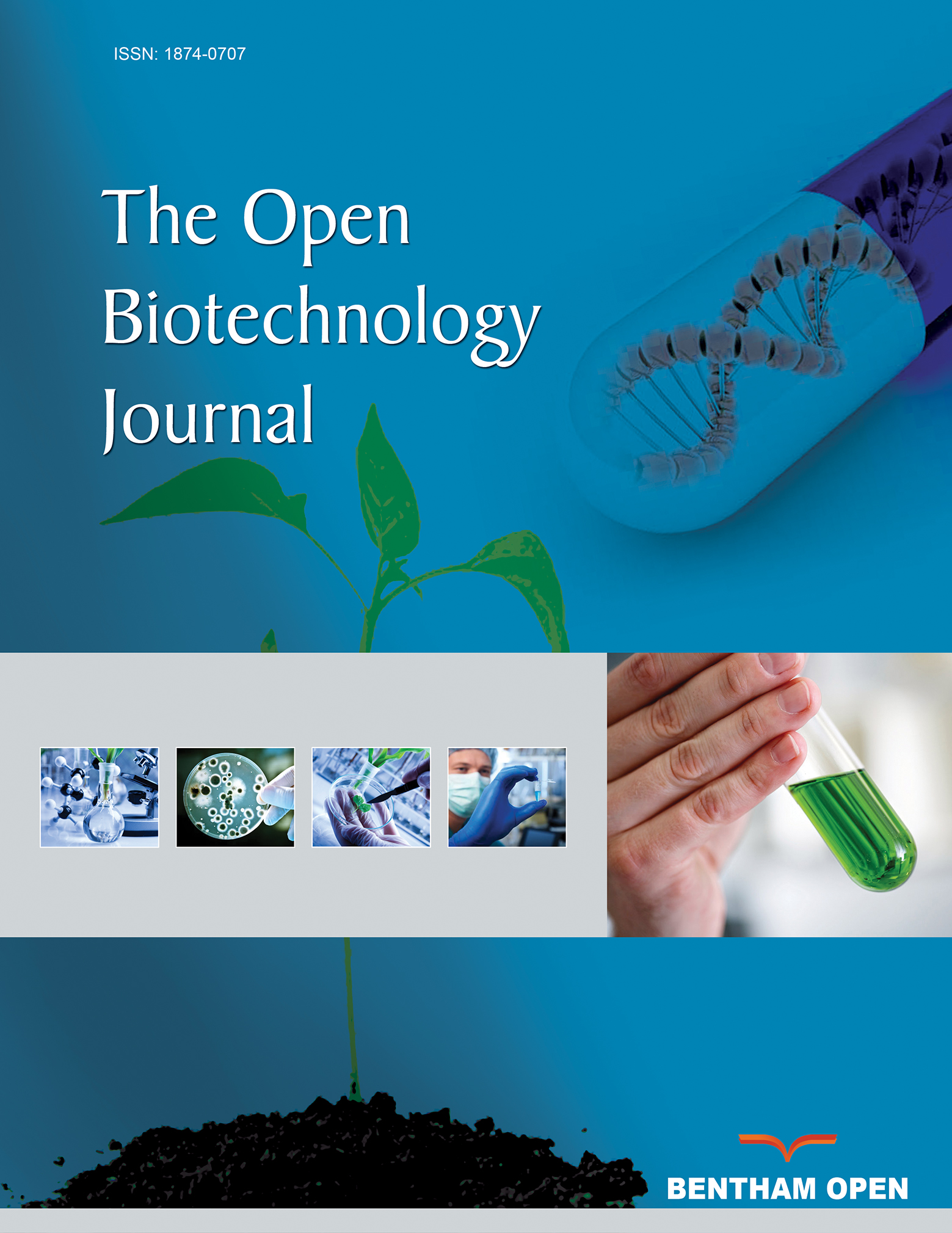All published articles of this journal are available on ScienceDirect.
Growth and Yield Response of Garlic (Allium Sativum L.) to Intra-row Spacing and Variety at Selekeleka, Northern Ethiopia
Abstract
Background:
Garlic is an important condiment and cash crop in Ethiopia. Low yield and productivity of the crop are the major characteristics of the crop in the country. Many factors affect the productivity of the crop in the country, however poor agronomic practices, especially the use of low-yielding varieties and inappropriate spacing, are the major ones.
Objective:
The aim of this study is to evaluate the growth and yield response of garlic to intra-row spacing and variety, and to identify the optimum intra-row spacing and high-yielding variety.
Methods:
The field experiment was composed of three garlic varieties vis-a-vis Tsedey 92, Bishoftu Netch and Local and four levels of intra-row spacing with 5cm, 7.5cm, 10cm and 12.5 cm laid out in a Randomized Complete Block Design replicated three times. Data pertaining growth, yield and yield-related parameters were collected and analyzed using Genstat software.
Results:
Main effects of variety and intra-row spacing significantly(p≤0.05) affected days to maturity, plant height, leaf number, leaf length, leaf width, bulb length, bulb diameter, clove number per bulb, mean bulb weight, and clove diameter. Interaction effects of variety and intra-row spacing significantly (p≤0.05) influenced clove length, fresh biomass yield, dry biomass yield, marketable cloves per bulb, marketable, unmarketable and total bulb yield. The highest total bulb yield of 8.98 tha-1 was obtained from treatment combination of variety Tsedey 92 and 5cm intra-row spacing although at par with treatment combinations of Bishoftu Netch variety and 5cm intra-row spacing which gave 8.70 tha-1 while the lowest (5.37 tha-1) was obtained at treatment combinations of local variety and intra-spacing of 12.5cm. The highest (8.05 tha-1) and lowest (4.94 tha-1) marketable bulb yield of garlic were obtained at treatment combinations of variety Tsedey 92 planted with 5cm intra-row spacing and local variety planted with 12.5cm, respectively.
Conclusion:
Tsedey 92 variety together with an intra-row spacing of 5cm could be suggested for high total and marketable bulb yield in the study area.


